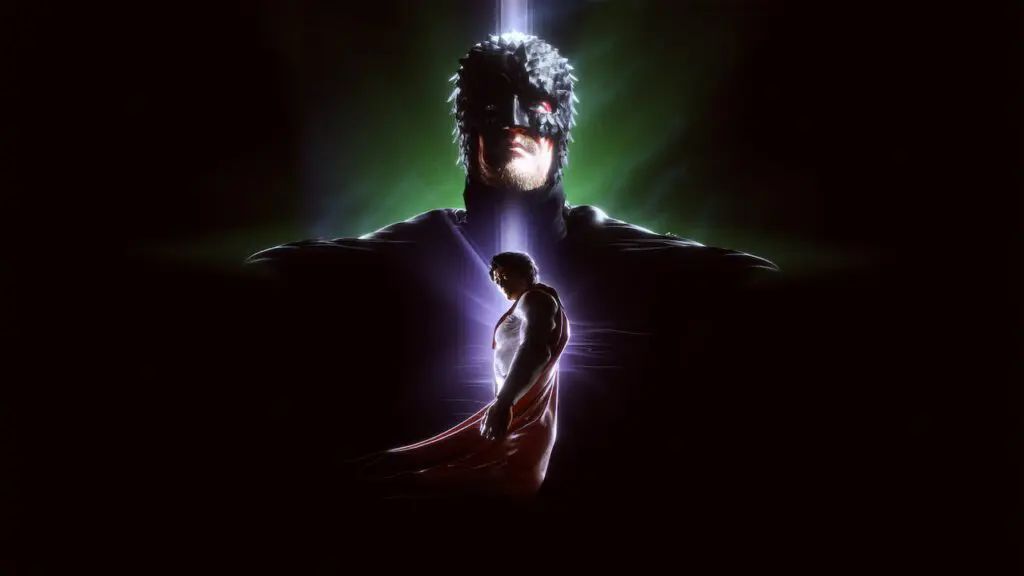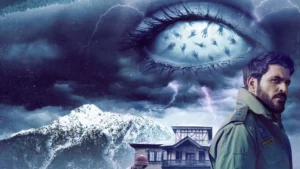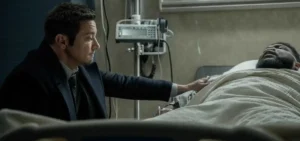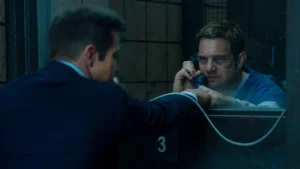Summary
Adi Shankar’s The Guardians of Justice is a mishmash of ideas and influences, and it doesn’t always work, but it’s worth seeing for its brazen sense of self.
This review of The Guardians of Justice is spoiler-free.
I hope you’ve been paying attention to the abundance of mainstream superhero media of the last several years because Adi Shankar’s The Guardians of Justice is banking on it. That isn’t to say you can’t enjoy the show without a passing familiarity with Marvel and DC, not to mention video games, but it’s one of those shows that delights in mocking, referencing, paying homage to, and otherwise repurposing very familiar characters, tropes, and plot beats secure in the knowledge that the audience “gets it”. Given how popular this kind of stuff has become, it’s a pretty safe bet that they do, but one never quite knows.
The Guardians of Justice of the title are just, simply, the Justice League. And the comparison isn’t subtle. The team is comprised of Marvelous Man (Superman), Knight Hawk (Batman), Speed (The Flash), Awesome Man (Shazam), King Tsunami (Aquaman), Golden Goddess (Wonder Woman), Black Bow (Green Arrow), and Blue-Scream (Black Canary). The similarities aren’t that far away from legitimate copyright violations. The events take place in Carnegie City (Gotham), there’s an evil clown called Mr. Smiles (The Joker), Marvelous Man was from the planet Caltron, which in its destruction created an element called Caltronite which is his only weakness, Superman’s main public antagonist is a billionaire inventor named Logan Lockwood (Lex Luthor)… you get the idea.
What’s weird about The Guardians of Justice is that all of this isn’t treated as much of a joke. There are definitely gags for those in the know, some of them at the expense of specific characters and tropes and some at the bedrock of superhero storytelling in general, but the seven-episode first season is mostly a straight-faced affair reminiscent in its plot details of The Tower of Babel, that Justice League story in which the other members discover that Batman has been keeping lists of their strengths and weaknesses so that he can kill them if they kick off. The plot isn’t kick-started by that here, but there are shades of mistrust around Knight Hawk even as he looks into the death of Marvelous Man, which was apparently a suicide but quickly shows signs of foul play.
This mystery – a whodunit, essentially – combined with the tone of Watchmen and the self-awareness of something like The Boys or Invincible, makes for an arresting cocktail, and that’s without all the formal quirks. The Guardians of Justice intercuts its live-action scenes with various styles of animation and some obvious video game framing, such as health bars above the heads of henchmen during action sequences, the announcement of “Boss Battles” during major showdowns, particularly brutal kills ending in “FATALITY” or “BRUTALITY”, and guns that are straight-up replicas of the assault rifles from Halo. Any even remotely geek-savvy viewer will delight in picking up every reference, figuring out who’s who – there’s a particularly funny version of Nightwing here that’s also a Rambo pastiche – and just generally enjoying the scenery.
It’s hard to say that every aspect of that scenery necessarily works as intended – it’s very much a case of throwing as much at the wall as possible and seeing what sticks. But I was invested in the mystery and the surface-level pleasures, not to mention the abundance of stylistic flourishes, nods to 80s and 90s popular culture, and the blend of genres. It’ll probably end up being divisive on some levels, but it’s such a singular experience that I can’t not recommend it.
You can stream The Guardians of Justice exclusively on Netflix.




